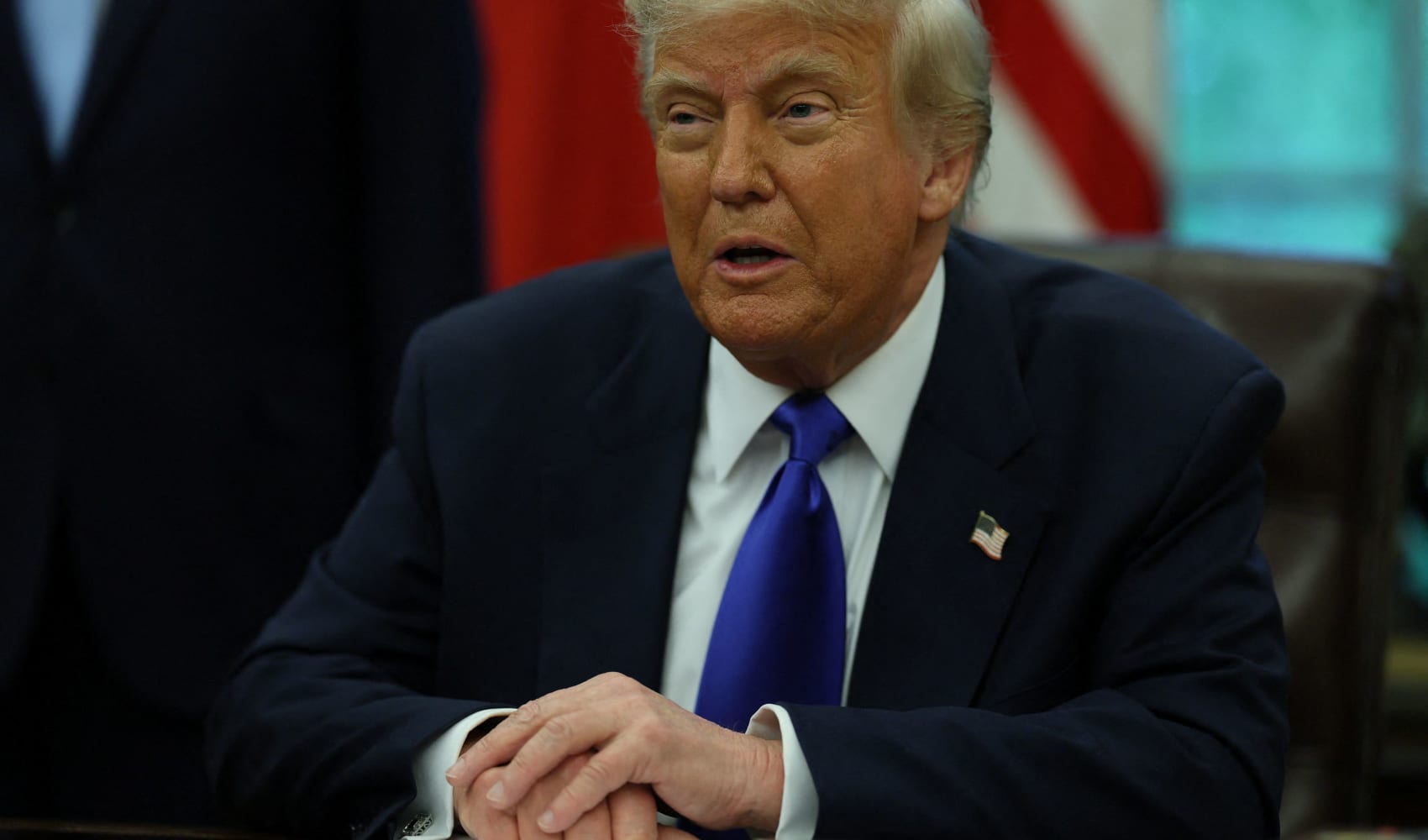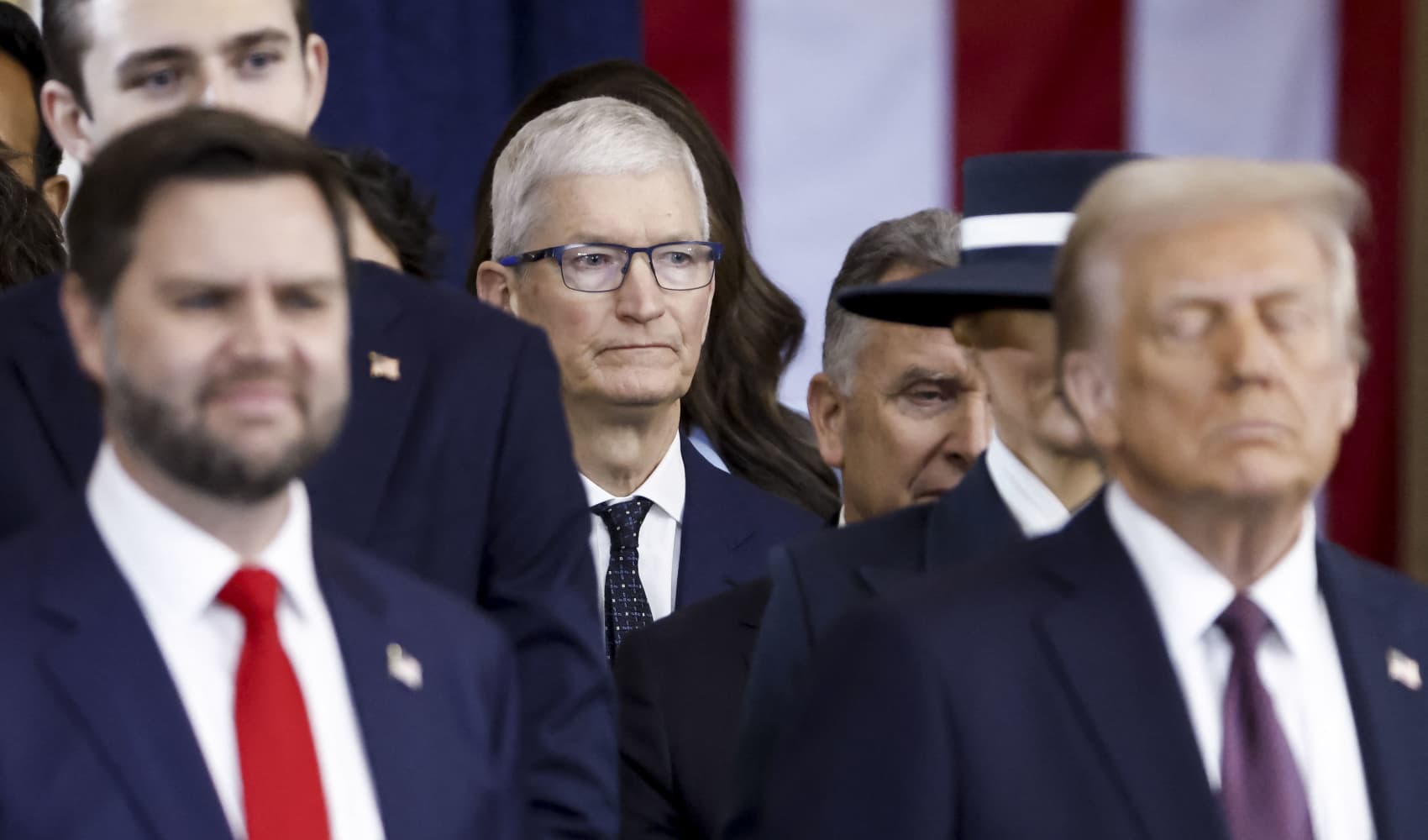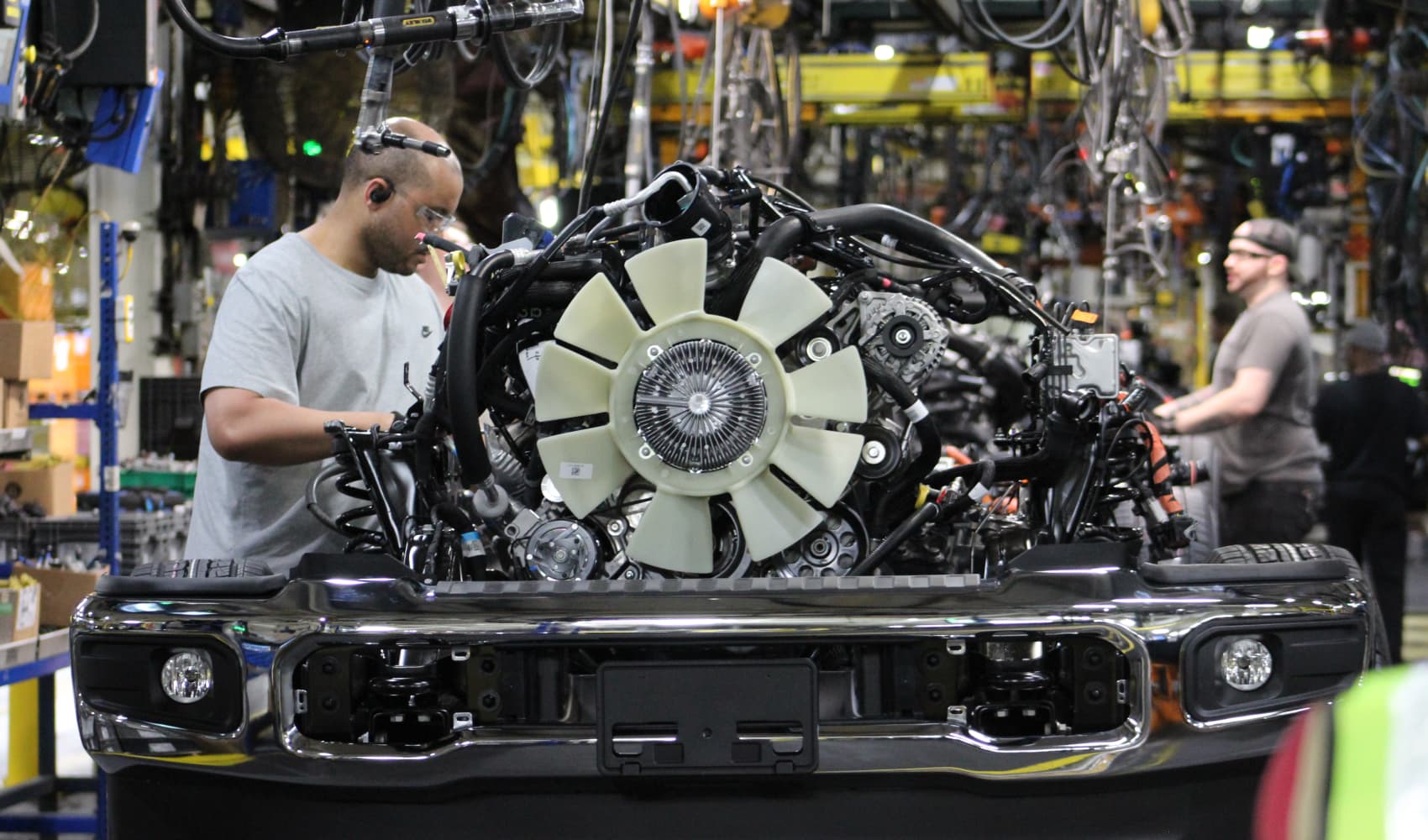Boost US Drug Manufacturing? Trump's Order Explained
Trump Order Aims to Revive US Drug Manufacturing Amid Tariff Threats
Introduction: A Shot in the Arm for American Pharma?
Are you tired of hearing about drugs being manufactured overseas? Well, President Donald Trump is betting on a change. He recently signed an executive order aimed at incentivizing pharmaceutical companies to bring their production back to the United States. But what does this really mean, and will it actually work? Let's dive into the details and explore the potential impacts of this move.
The Executive Order: What It Does
The executive order is, in essence, a call to action. It's designed to streamline the approval process for new drug manufacturing facilities within the U.S. But how does it plan to do this?
FDA Streamlining
The order directs the Food and Drug Administration (FDA) to cut down on red tape. Think of it like unclogging a drain – the faster things can flow, the better. The goal is to eliminate unnecessary requirements and speed up the review process for new manufacturing plants. Will it be a bureaucratic miracle? Only time will tell, but that’s the aim.
Collaboration with Drugmakers
The order also emphasizes close collaboration between the FDA and domestic drug manufacturers. Imagine them working together like two gears meshing smoothly, providing early support and guidance to help new plants get up and running more efficiently. This could include things like technical assistance and clarification of regulatory requirements.
The Looming Tariffs: A Sword of Damocles?
The executive order isn’t happening in a vacuum. It’s closely tied to the potential imposition of tariffs on imported pharmaceuticals. What’s a tariff, you ask? Think of it like a tax on imported goods. So, what's the connection?
Tariffs as Incentives
The threat of tariffs acts as a major incentive for companies to produce drugs domestically. Why? Because if imported drugs become more expensive due to tariffs, it makes domestic production more competitive. It's like creating a level playing field, but with a twist.
Potential Impact on Consumers
Here’s the million-dollar question: will tariffs on imported drugs raise prices for consumers? It’s a complex issue, but many experts believe it’s a real possibility. That's why this push for domestic production is so important - the hope is to offset any potential price increases caused by tariffs.
The Decline of US Pharmaceutical Manufacturing: A Historical Perspective
Why is this executive order even necessary? Well, U.S. pharmaceutical production has been steadily declining for years. This isn’t some overnight phenomenon. It’s a trend that’s been unfolding over decades.
The Rise of Globalization
Globalization has played a huge role. Companies have moved their manufacturing operations to countries with lower labor costs and less stringent regulations. China and some European nations have become major players in the global pharmaceutical supply chain.
Cost Considerations
It all boils down to economics. Why pay more to produce something in the U.S. when you can produce it for significantly less elsewhere? It's a simple, albeit difficult, equation. But is the lowest cost always the best for national security?
National Security Implications: More Than Just Economics
Speaking of national security, the dependence on foreign drug manufacturers raises some serious concerns. What happens if there’s a global crisis, a pandemic, or a political dispute that disrupts the supply chain?
Supply Chain Vulnerabilities
Relying heavily on other countries for essential medicines creates a vulnerability. It’s like putting all your eggs in one basket. If that basket breaks, you're in trouble. A domestic manufacturing base can act as a buffer, ensuring that we have access to the drugs we need, even in times of crisis.
Geopolitical Considerations
The executive order is also seen as a way to reduce our dependence on potentially adversarial nations. It’s about maintaining control over our own destiny and ensuring that we’re not beholden to other countries for our healthcare needs. After all, isn’t that what self-sufficiency is about?
Challenges and Criticisms: Not All Sunshine and Roses
Of course, this initiative isn’t without its critics. There are concerns about its feasibility, its potential impact on drug prices, and its overall effectiveness.
Cost Competitiveness
Can U.S. manufacturers really compete with foreign companies that have much lower production costs? It’s a tough question. The executive order aims to level the playing field, but it may not be enough to completely close the gap. Are subsidies or further tax breaks needed?
Regulatory Hurdles
Even with streamlined regulations, navigating the FDA approval process can be complex and time-consuming. Pharmaceutical manufacturing is a highly regulated industry for good reason, so can regulations be cut back too much?
Environmental Concerns
Manufacturing pharmaceuticals can have a significant environmental impact. The U.S. has stricter environmental regulations than some other countries, which can add to the cost of production. Balancing environmental protection with economic competitiveness is a delicate act.
The Long-Term Outlook: Will It Work?
So, what’s the long-term outlook for this initiative? Will it succeed in bringing drug manufacturing back to the U.S.?
Potential for Job Creation
One of the most promising aspects of this initiative is its potential to create jobs in the U.S. Building new manufacturing plants and expanding existing ones could lead to thousands of new jobs. That's something everyone can hopefully agree is a good thing.
Innovation and Investment
Increased domestic production could also spur innovation and investment in the U.S. pharmaceutical industry. Companies may be more likely to invest in research and development if they’re producing drugs here at home. A healthy manufacturing base feeds the entire ecosystem.
A Step in the Right Direction?
While there are challenges and uncertainties, this executive order represents a significant step in the right direction. It acknowledges the importance of domestic pharmaceutical manufacturing and takes concrete steps to incentivize it. It's not a magic bullet, but it could be a catalyst for positive change.
Conclusion: A Bold Move with Uncertain Consequences
President Trump’s executive order is a bold move aimed at revitalizing the U.S. pharmaceutical industry. It's designed to streamline the approval process for new manufacturing plants and incentivize companies to produce drugs domestically. The threat of tariffs on imported drugs adds further impetus to this effort. While there are challenges and criticisms, the potential benefits – including job creation, increased innovation, and greater national security – are significant. Whether it will ultimately succeed remains to be seen, but it's a development worth watching closely. After all, who doesn't want a stronger, more secure healthcare system?
Frequently Asked Questions
Here are some frequently asked questions about the executive order and its potential impact:
- Will this executive order lower drug prices? The executive order aims to lower long-term drug prices through domestic manufacturing and less reliance on foreign supply chains. However, short-term price fluctuations depend on the impact of tariffs and other market forces.
- How long will it take for this order to have an impact? It will likely take several years for the full impact of the executive order to be felt. Building new manufacturing plants and navigating the FDA approval process takes time.
- Will this affect the quality of drugs? The FDA maintains strict quality control standards regardless of where drugs are manufactured. Domestic production should not affect the quality of drugs available to consumers.
- What happens if tariffs are never imposed? Even without tariffs, the executive order could still have a positive impact by encouraging domestic manufacturing and reducing dependence on foreign suppliers. The order focuses on incentives that have benefits in themselves.
- How does this impact smaller pharmaceutical companies? The streamlined approval process may make it easier for smaller companies to establish manufacturing facilities in the U.S., potentially fostering greater competition and innovation within the industry.


